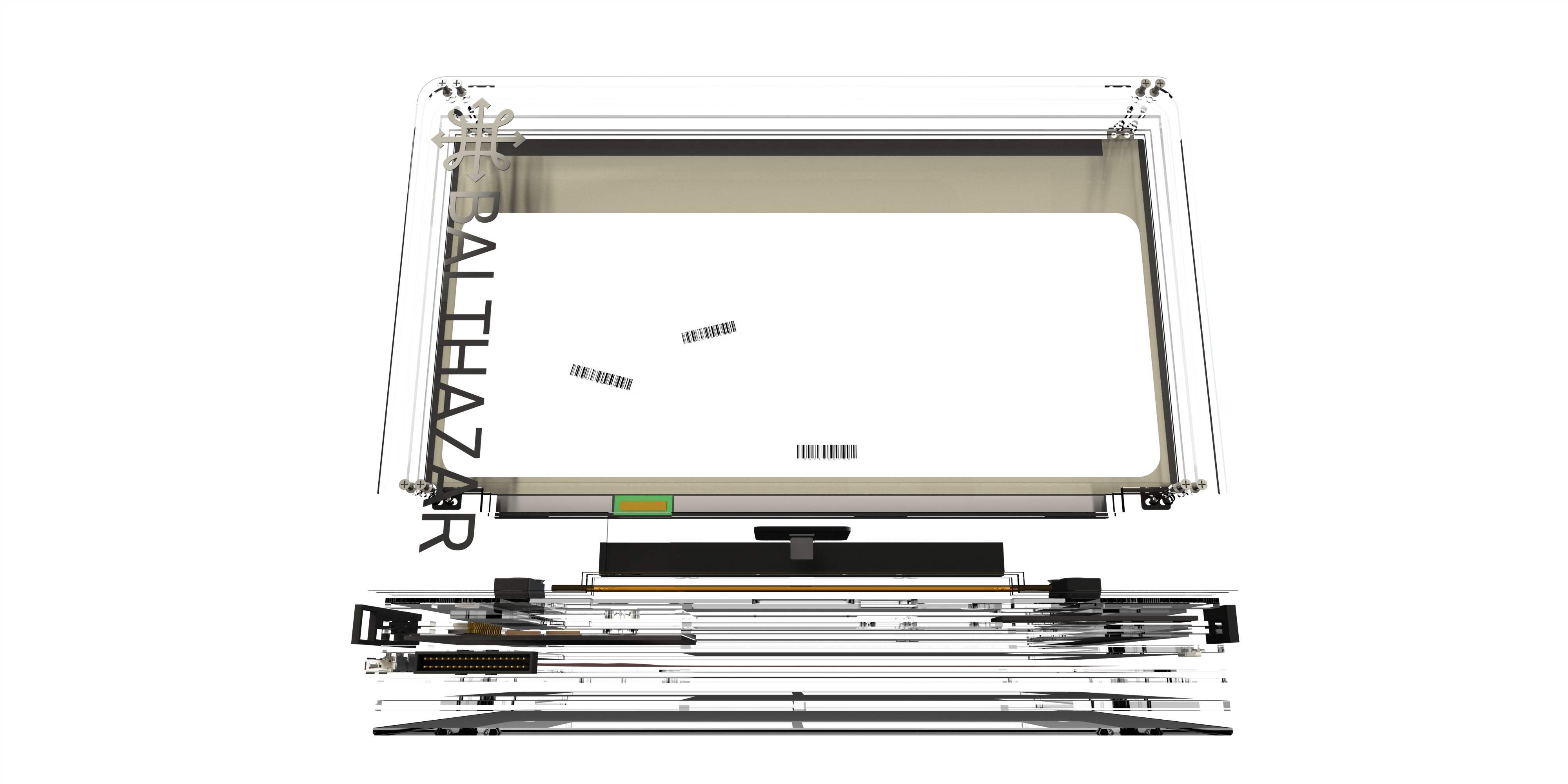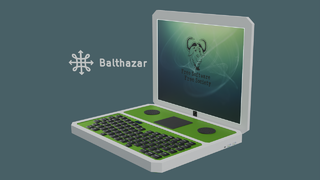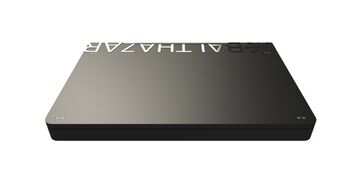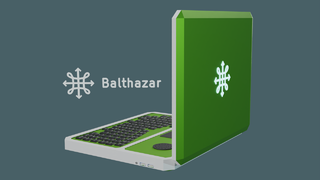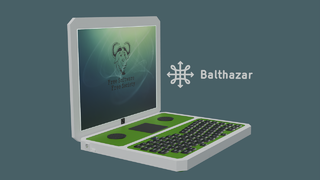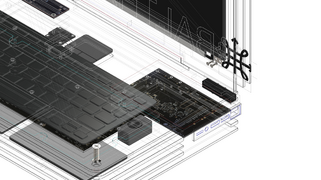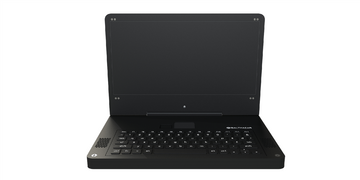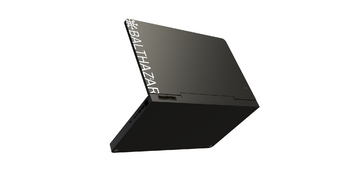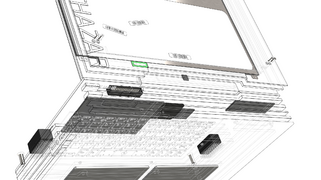Difference between revisions of "Balthazar"
| Line 13: | Line 13: | ||
[[File:47B.png|center|prototype]] | [[File:47B.png|center|prototype]] | ||
<gallery mode=packed> | <gallery mode=packed> | ||
| − | File:P2.resized.png | + | File:P2.resized.png |
| − | File:12.JPG | + | File:12.JPG |
| − | File:P1.resized.png | + | File:P1.resized.png |
| − | File:13.JPG | + | File:13.JPG |
| − | File:P4.resized.png | + | File:P4.resized.png |
| − | File:Resized14.png | + | File:Resized14.png |
| − | File:22.png | + | File:22.png |
| − | File:18b.png | + | File:18b.png |
| − | File:19t.png | + | File:19t.png |
</gallery> | </gallery> | ||
Revision as of 03:56, 22 October 2024

a Personal Computing Device
BPCD - Balthazar Personal Computing Device is a 13.3" upgradable and expandable laptop that is based on a few concepts inspired by EOMA68, but powered by RISC-V processor(s) open architecture or FPGA boards running emulation as a Computing Module Standard boards and other Systems on a Module that run on Linux OS or all of those running together with added co-processing power such as FPGA Lattice Diamond - ULX3S.
It contains all the hardware and continuously developing software and firmware features preventing data-theft and any unwanted 3rd party intrusion into the system by default. It should run default low-level security layer software based on LUKS , Libreswan and is also envisaged to be GNUnet ready. Its keyboard should be also inter-swappable with known x2xx ThinkPad keyboard replacement via developed adapter and a frame.
While being versatile and robust it also follows CERN OSHL, GNU-GPL, FOSS, ISA and even CC guidelines.
What is all that FOSS and CC and OS…? → Glossary
Want to know more?
